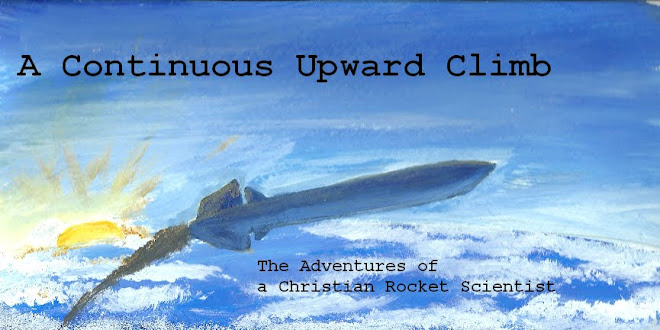5/21/11
Space Junk
by
DTH Rocket
Orbital debris is a topic of much concern. At several thousand miles per hour, even a small object like a pebble could do serious damage to a spacecraft or a spacesuit.
That's why NASA's Orbital Debris Program Office tries to catalog, predict and control the activity of space junk in LEO.
There can also be another potentially deadly problem, known as the Kessler effect, or collisional cascading, in which one piece of wondering orbital debris collides with a satellite, and that satellite in turn sends out more pieces of shrapnel that will eventually collide with other satellites--a domino effect.
This problem can be combated by deorbiting old satellites or boosting them into a graveyard orbit.
In 2009 there was a collision between two satellites that added a good deal of orbital debris into LEO. It was the first time there was such a drastic collision in space between two man-made satellites. Here is a video plotting the statistical trajectories of the resulting debris:
I did not know this until just recently, but they have actually had to move the International Space Station on several occasions because of overlapping trajectories with cataloged space debris
Just a tidbit I picked up surfing the net yesterday.
Subscribe to:
Post Comments (Atom)


1 comment:
Yet no one really does much to fix the problem. Tons of junk are still introduced into space each year.
Post a Comment